Climate report highlights need for urgent action
The federal government has released a first-of-its-kind report categorising and assessing Australia’s climate risks just days before it will announce updated 2035 emissions targets.
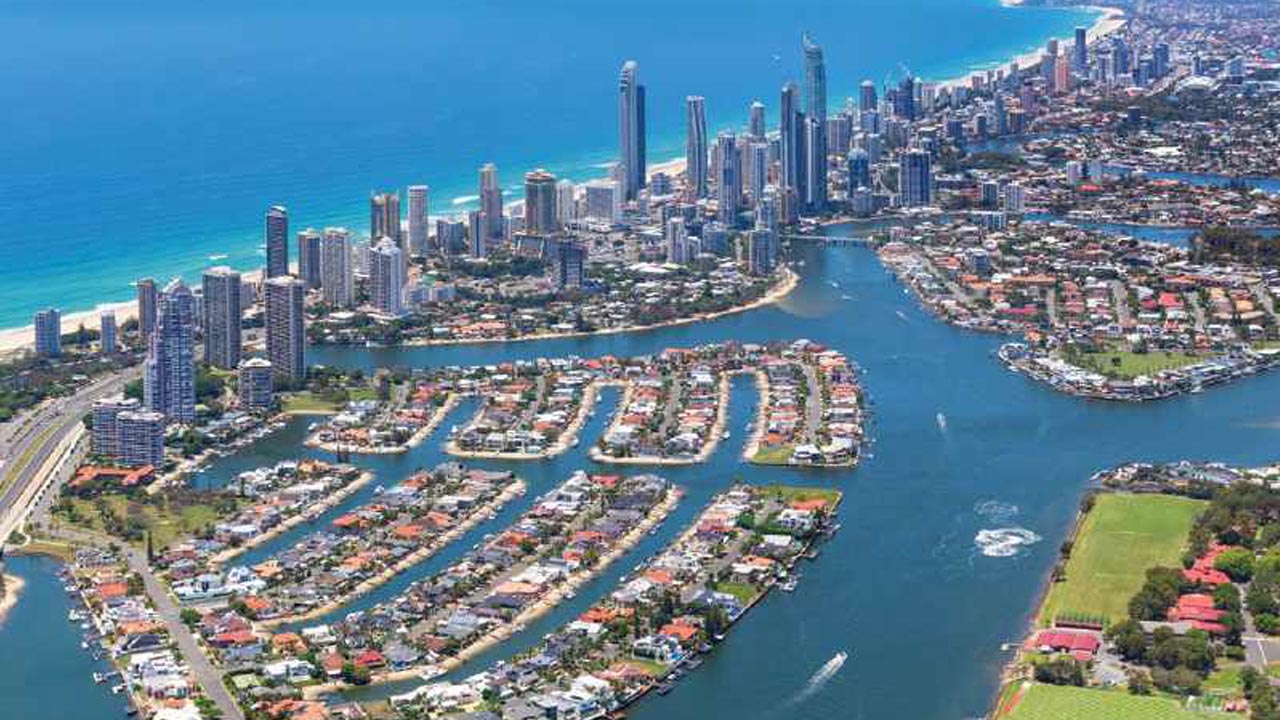
The Australian Climate Service’s National Climate Risk Assessment is arguably the most comprehensive climate change report ever produced in Australia. It collates a diverse set of data and knowledge to forecast what Australia could look like in coming decades under three climate change scenarios: average increases of 1.5°C, 2°C, and 3°C.
The report makes predictions with five levels of confidence – ranging from very low to very high – depending on the strength of evidence and the level of agreement among experts.
Risks to the built environment
The report identifies 63 major climate risks across eight categories. Among these categories, “infrastructure and the built environment” is most relevant to the HVAC&R and building services industries.
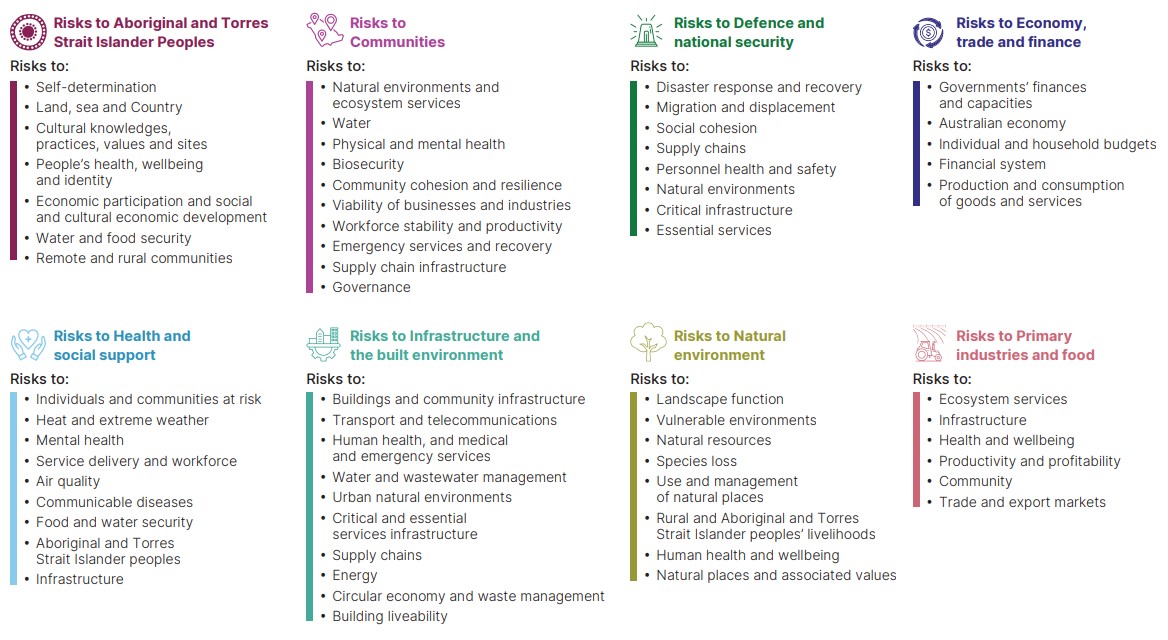

One of the major risks is energy security, with the report identifying potential issues with temperatures rising beyond safe operating levels, increased demand during extreme heat events, the need for load shedding using technologies such as demand response, and the increased risk of damage to energy infrastructure through extreme weather events.
Overall, the report finds that risks to the built environment and infrastructure are currently “low”, but forecasts that these will increase to somewhere between “high” and “very high” by 2050.
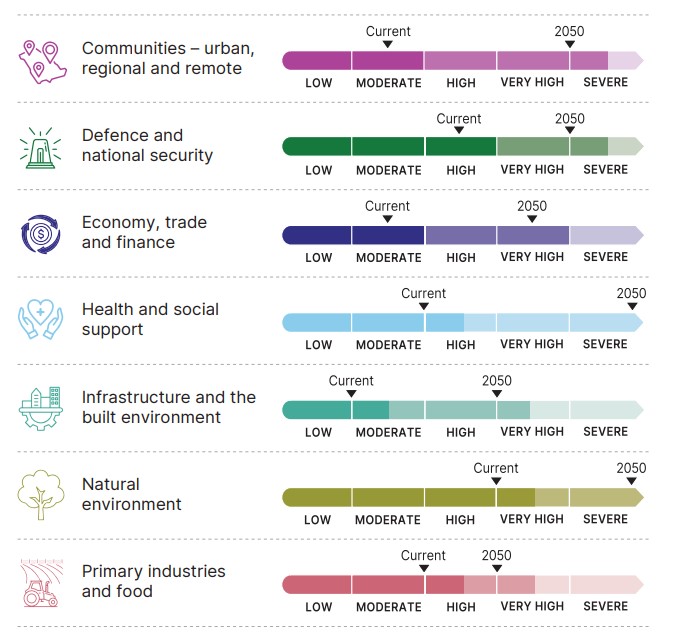

Multiple supply chain risks
The report highlights four multi-category risks, among which is supply chains. Such risks are likely to negatively affect the refrigeration sector, including cold storage, refrigerated transport, and even retail refrigeration in certain areas.
According to the report, the forecast increase in natural disasters could cause widespread damage to critical infrastructure, which will affect supply chains for essential goods, including refrigerated foods and medicines.
These disruptions are likely to have a greater effect in rural and remote communities. The report projects that, by 2090, the relative cost of freight will double to remote areas of Australia. However, it also predicts cost decreases in certain local government areas, including some around Perth and Adelaide.
Other risks
The built environment, infrastructure and supply chains are just a few of the many risk categories identified in the report.
The projected environmental impacts of climate change are particularly devastating, with significantly increased risks of coastal erosion, drought, bushfire, floods, storms, and heatwaves forecast in the coming decades.
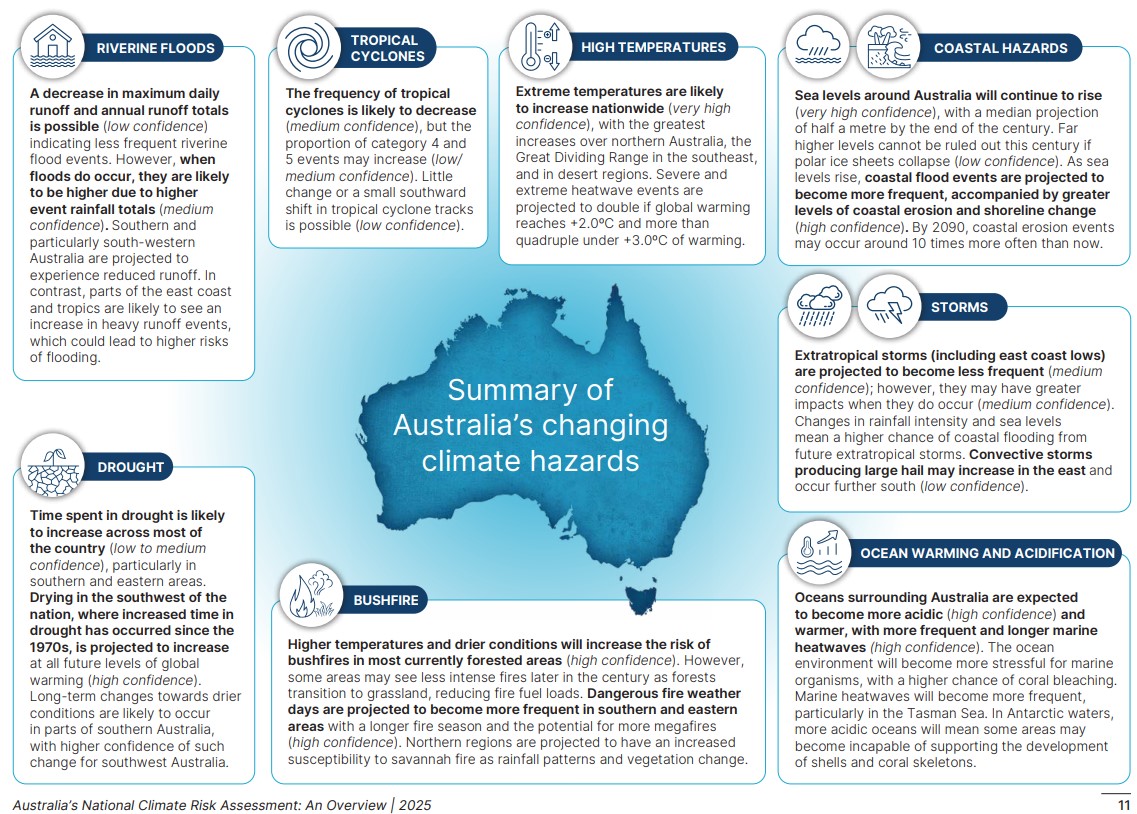

The report also identifies which regions of the country are most susceptible to each impact. For example, the southeastern coast of Australia is projected to experience increased “tropicalisation” and sea level rise due to changes in ocean currents, while inland regions – including central areas of Tasmania – are likely to experience water shortages due to increased evaporation.
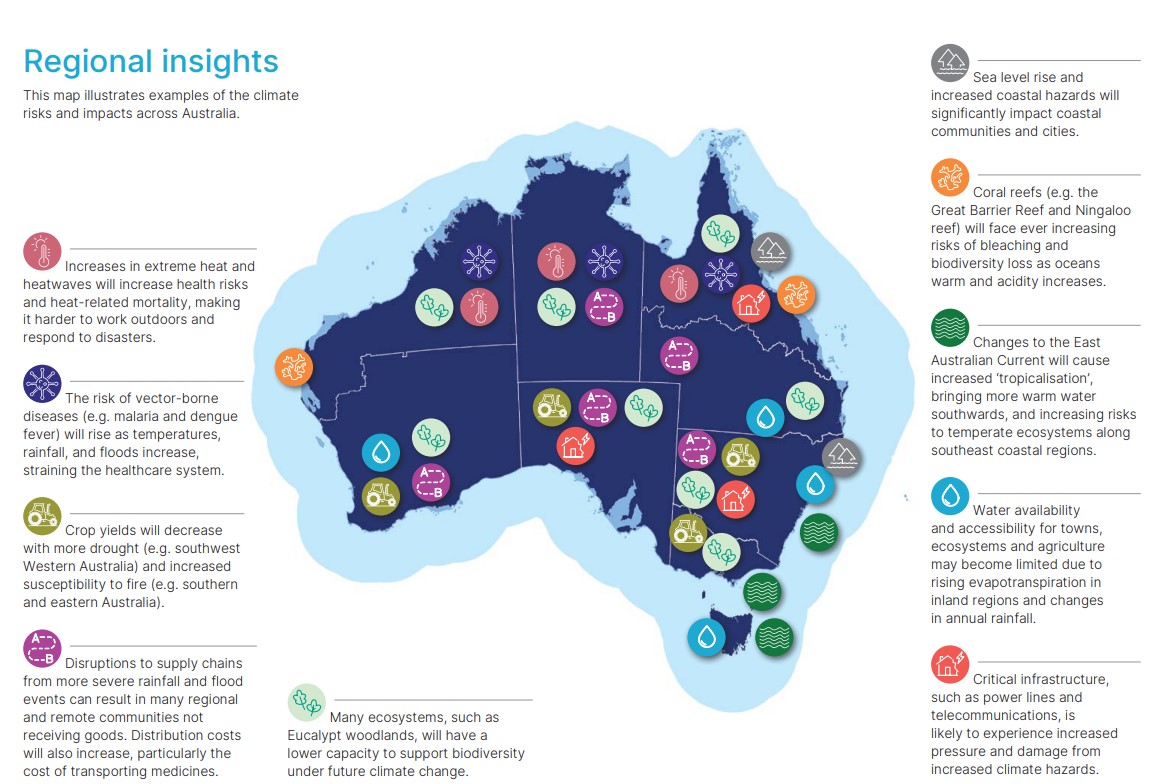

The government’s response
Federal Minister for Climate Change and Energy Chris Bowen has used the report’s release to reiterate the need for decisive action on climate change.
“Australia’s first National Climate Risk Assessment and our National Adaptation Plan are a roadmap to address the unavoidable impacts of climate change, to build a more resilient country for all communities, regions and industries,” Bowen says.
“Australians are already living with the consequences of climate change today but it’s clear every degree of warming we prevent now will help future generations avoid the worst impacts in years to come.
“After a decade of denial and delay, we are acting on climate change – and it’s working. Emissions are coming down, there is record investment in clean energy and we’re working alongside communities to respond and adapt to the impacts.”
The government is set to release its updated 2035 emissions target later this week. In its draft advice paper, the Climate Change Authority found that a reduction up to 75% would be achievable. Whether or not the government follows its strong words with actions remains to be seen.
Read the report
You can access both the full report and an executive summary highlighting the key findings via the Australian Climate Service website.
PREV
NEXT
Comments
-
Has AIRAH sought the expertise, outside of government, of such persons as Australia’s most eminent geologist Professor Ian Plimer on Climate Change instead of relying only on the government`s position as exposed and led by the politics of the Energy Minister?
Advertisements
Recent news
- 2025 AIRAH National Awards: Rising Stars of the HVAC&R Industry
- 2025 AIRAH National Awards: Women’s Working Group – Airmaster wins Leadership in Diversity and Inclusion
- 2025 AIRAH National Awards: Inderpal Saund, Beijer Ref Academy, wins Excellence in Training
Latest events
- 2025 AIRAH National Awards: Rising Stars of the HVAC&R Industry
- 2025 AIRAH National Awards: Women’s Working Group – Airmaster wins Leadership in Diversity and Inclusion
- 2025 AIRAH National Awards: Inderpal Saund, Beijer Ref Academy, wins Excellence in Training


Leave a Reply